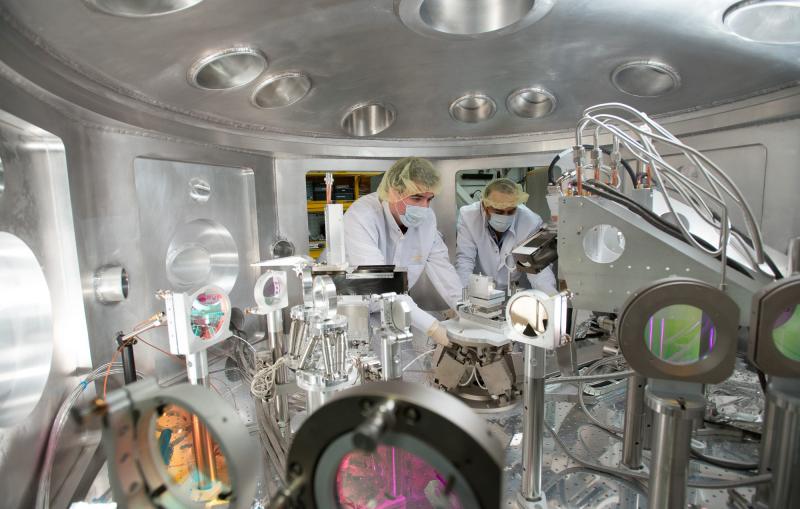News Feature
VIA Stanford News
Scientists Discover How Dense, Extraterrestrial Ice can Form in Just Billionths of a Second


Under extreme conditions – like those in the hearts of planets or in exploding stars – materials can enter other exotic phases with unique characteristics. At SLAC, researchers are studying some of the most extreme and exotic forms of matter ever created, in detail never before possible.

